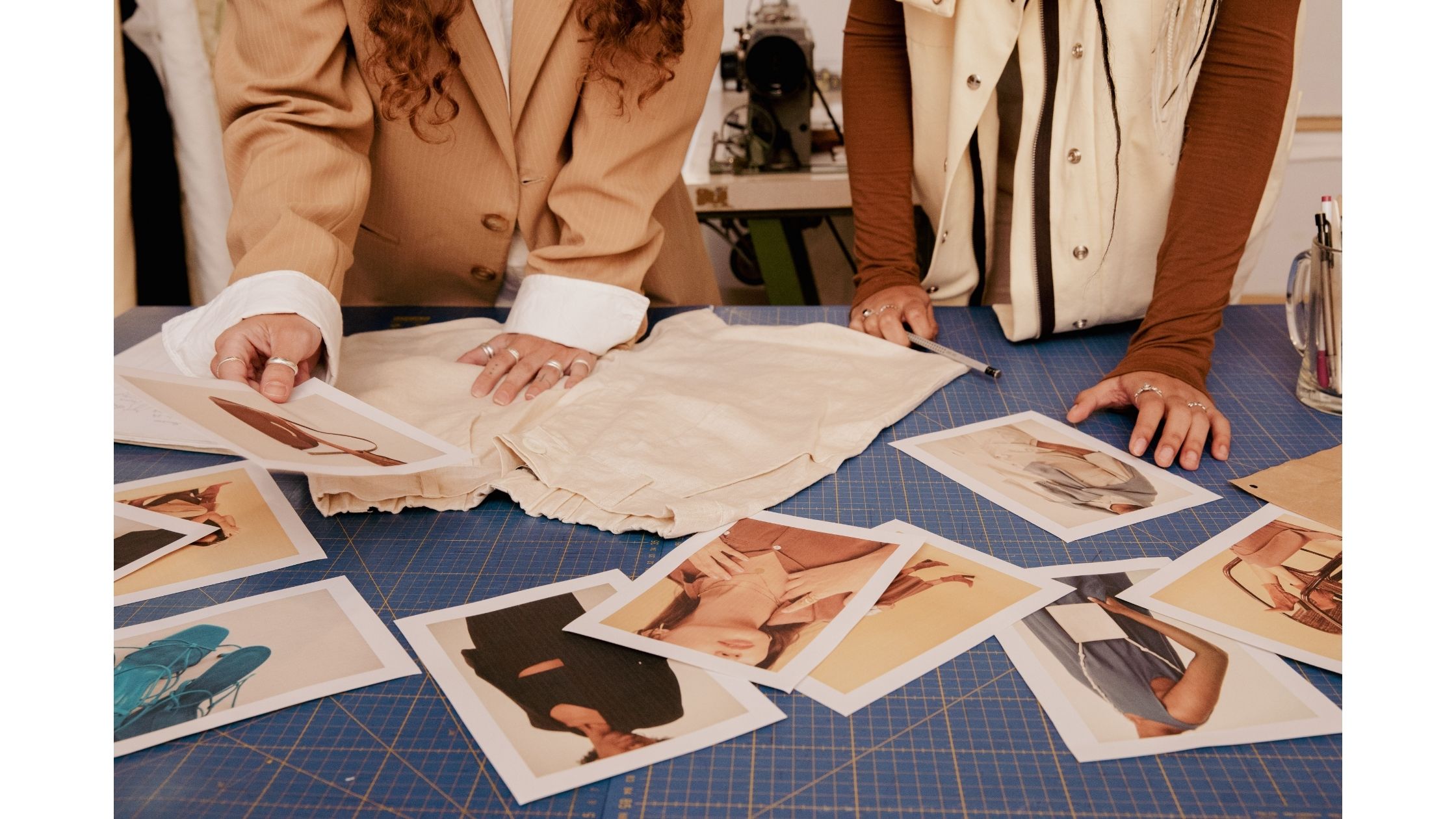Fashion and culture have a close relationship since the existence of humanity. People used clothes for many different reasons beyond just keeping their bodies warm. Clothes are important symbols that reflect social status, personal expression, gender identity, beliefs and many other factors. Therefore, the relationship between the fashion world and cultural dynamics has been studied in depth throughout history. Recently, new studies have been conducted on how fashion and culture affect each other and our understanding in this field has deepened.
Cultural Reflections of Fashion
The cultural reflections of fashion are not limited to clothing styles. Fashion is closely related to social, political, economic and psychological factors. For example, historically speaking, fashion in a particular period has been seen to reflect the values, beliefs and norms of society. For example, the youth rebellion and social change movements of the 1960s influenced fashion at the time, leading to the rise of a freer and nonconformist style.
At the same time, the effects of fashion are not limited to clothing styles. It is also tightly linked to fashion, art, music, film and other cultural fields. There is constant interaction between fashion designers, artists and musicians. For example, while famous artists often influence fashion with their stage costumes and images, fashion designers create their collections by taking inspiration from artistic movements. This illustrates how fashion functions as a form of cultural expression.
Cultural Relationship of Fashion
Fashion not only reflects culture, but also influences culture. Fashion is one of the ways people express themselves and form their social identities. Fashion contributes to the formation of different subcultures based on gender, age, class, ethnicity and other factors. For example, the punk subculture has adopted a radical form of expression along with their clothing styles and musical preferences.
Additionally, the fashion industry also has a huge impact as an economic force. Fashion is a multibillion-dollar industry around the world, creating job opportunities, contributing to business growth and aiding the economic development of societies. Fashion weeks, design schools and all components of the fashion industry represent a culturally rich and economically important ecosystem.
There are important issues addressed in the continuation of studies on the relationship between fashion and culture. Chief among these issues are cultural diversity and cultural trade-off. Cultural diversity refers to the fact that different societies and ethnic groups around the world have their own clothing styles, traditions and symbols. This diversity is a great source of inspiration for fashion designers, and elements from different cultures are used to create new designs. However, this trade-off can sometimes be a culturally sensitive issue and trigger cultural appropriation. The fashion world must be careful to find this balance and maintain cultural respect.
Another important issue is sustainability and ethical production. The fashion industry faces environmental and social problems such as overconsumption of natural resources, waste problems and poor working conditions. In recent years, the sustainable fashion movement has grown to draw attention to these problems and seek solutions. Fashion brands are trying to create a more environmentally friendly and human-friendly fashion industry by using sustainable materials and adopting ethical production practices.
Additionally, the impact of digitalization and technology on the fashion industry has gained great importance recently. Factors such as online shopping, social media, 3D printing and wearable technologies have led to major changes in many areas, from fashion production to marketing. This has allowed fashion and culture to interact in new ways. For example, influencers and social media accelerate the rapid spread of fashion and the formation of trends, while virtual reality and augmented reality technologies make shopping more interactive.
The relationship between fashion and culture is complex and multifaceted. While fashion creates a deep cultural impact, culture also shapes fashion. Understanding this relationship is important for both academic studies and industry practice. This dynamic relationship between fashion and culture will require further research and study in the future, as these two fields are constantly evolving and changing.
